
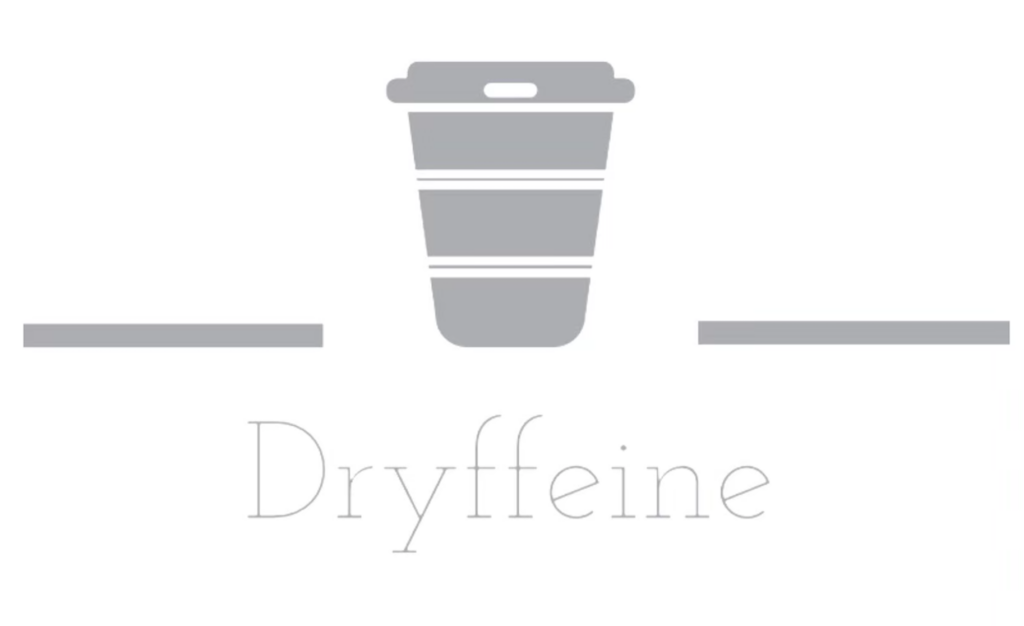
Join our presentation
Project Category: Multidisciplinary
About our project
Dryffeine seeks to help the coffee growers from Colombia who struggle when predicting drying times for their harvest. We tested coffee samples at different environmental conditions to find a mathematical scheme. The scheme will help provide a solution to the biggest problems coffee growers are facing when drying their harvest. Dryffeine is a table based on a range of temperatures and relative humidity of the environment, which helps predict drying times and moisture loss; assisting Colombian farmers reach an ideal moisture content in their coffee. This coffee will eventually become that perfect cup of coffee we all like to have in the morning.
Dryffeine was created based on the weather trends of Salado Blanco Colombia, and it will be shared with our client in this region at no cost.
Meet our team members
Gabriela Esguerra H
Jairo Perez Cabrales
Komal Datta
Rui (Jeffery) Fan
Paolo Geronimo
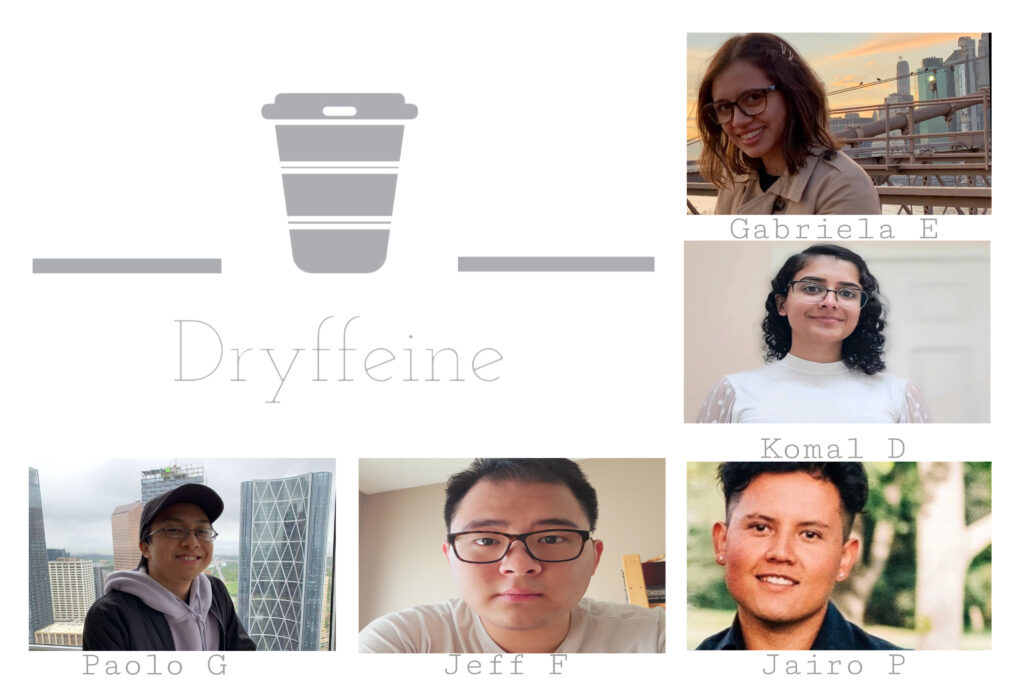
Details about our design
HOW OUR DESIGN ADDRESSES PRACTICAL ISSUES
Our deliverable shows the required drying time to achieve the desired moisture content of 10% with a starting moisture of 45%, based on weather conditions. Having an accurate prediction will help coffee producers decrease the drying times of their harvest. The table helps identify conditions at which additional heat/insulation or dehumidifying strategies are required. The table is user friendly and applicable to the weather conditions in Saladoblanco.
WHAT MAKES OUR DESIGN INNOVATIVE
In an ever-changing world, Dryffeine aims to inform coffee growers of the optimal conditions in which their coffee will dry in. Predicting coffee drying times will help coffee growers make changes on their coffee drying system depending on the weather. This leads to better production from the farmers; positively affecting the large coffee market.
WHAT MAKES OUR DESIGN SOLUTION EFFECTIVE
Dryffeine is effective as this information can be used by any coffee grower; from small to large scale coffee drying. The product simplifies the predictions by colour-coding the information. The predictions are readily available for printing and sharing, as not every coffee grower has access to electricity. The detailed information that Dryffeine provides is able to inform the farmer how much drying to expect on an hourly basis depending on conditions.
HOW WE VALIDATED OUR DESIGN SOLUTION
Our solution is of large help as we are able to inform coffee growers of possible issues that they may encounter in their coffee drying process. The data gathered also coincides with information gathered before results were found. This helps validate our findings as it matches current coffee drying situations.
FEASIBILITY OF OUR DESIGN SOLUTION
Upon examining and analyzing of the conditions present in Huila Saladoblanco, an apparatus was designed to meet those conditions as this would allow us to develop a table to predict coffee drying times. The dimensions of the apparatus designed were 34 x 13 x 19 in with additional appropriate devices implemented such as hygrometers, a fan, and humidifier to replicate the environment and monitor the results. Once the testing of the coffee beans had been performed, the results aligned and supported the scientific and theoretical background, making the design solution feasible. As mentioned, the apparatus uses generic equipment at low costs and therefore is not complex to assemble. The final deliverable, being a data table, can be utilized to improve coffee quality by optimizing drying times.


Partners and mentors
We would like to thank Jorge Rojas for allowing us to use our area of expertise to predict drying times for coffee growers in Colombia to optimize results. Also, we would like to acknowledge and give a big thanks to our academic advisor, Dr. Simon Li and our professor, Dr. Arief Budiman for guidance and answering further questions regarding the project!
Our photo gallery
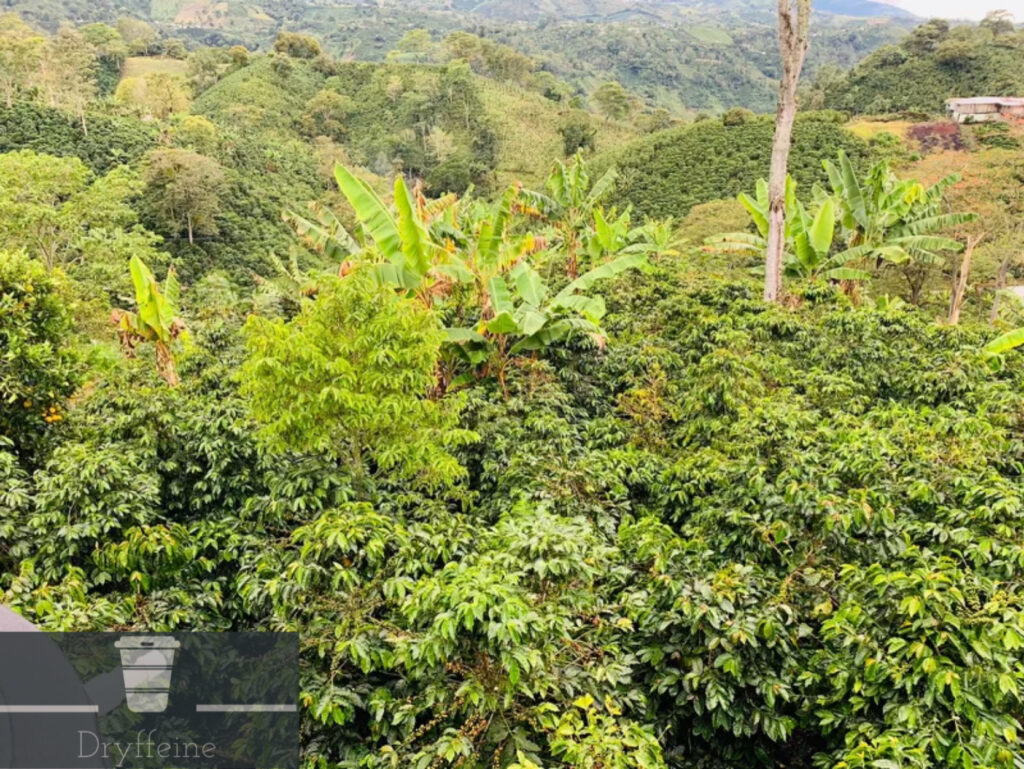
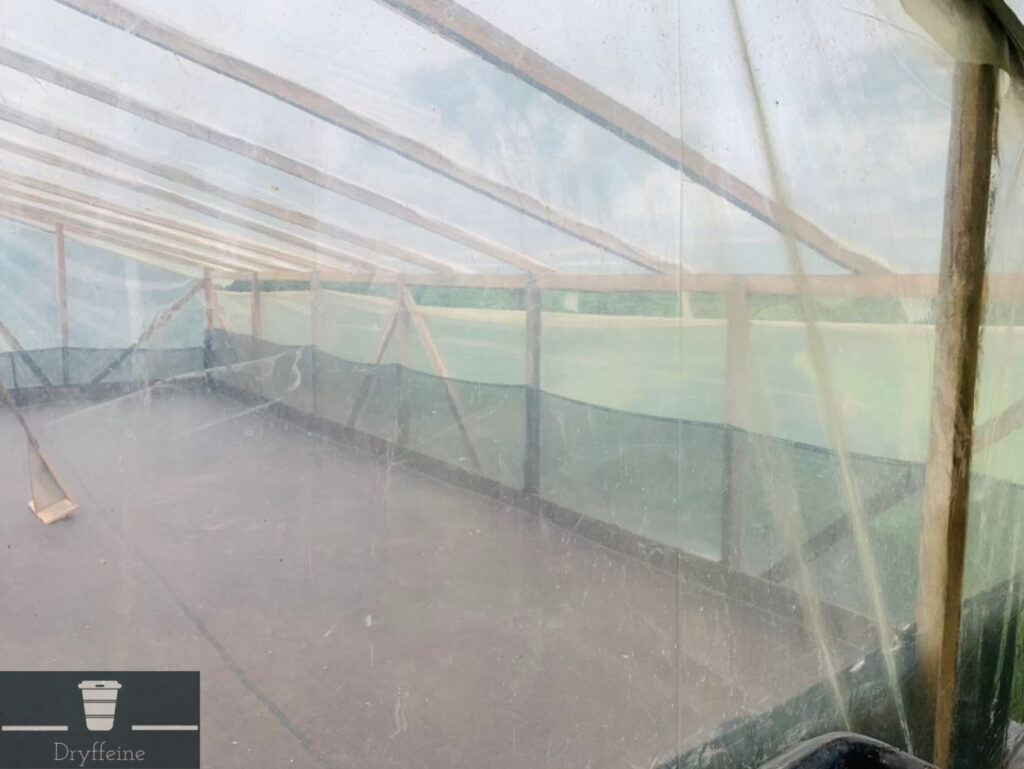
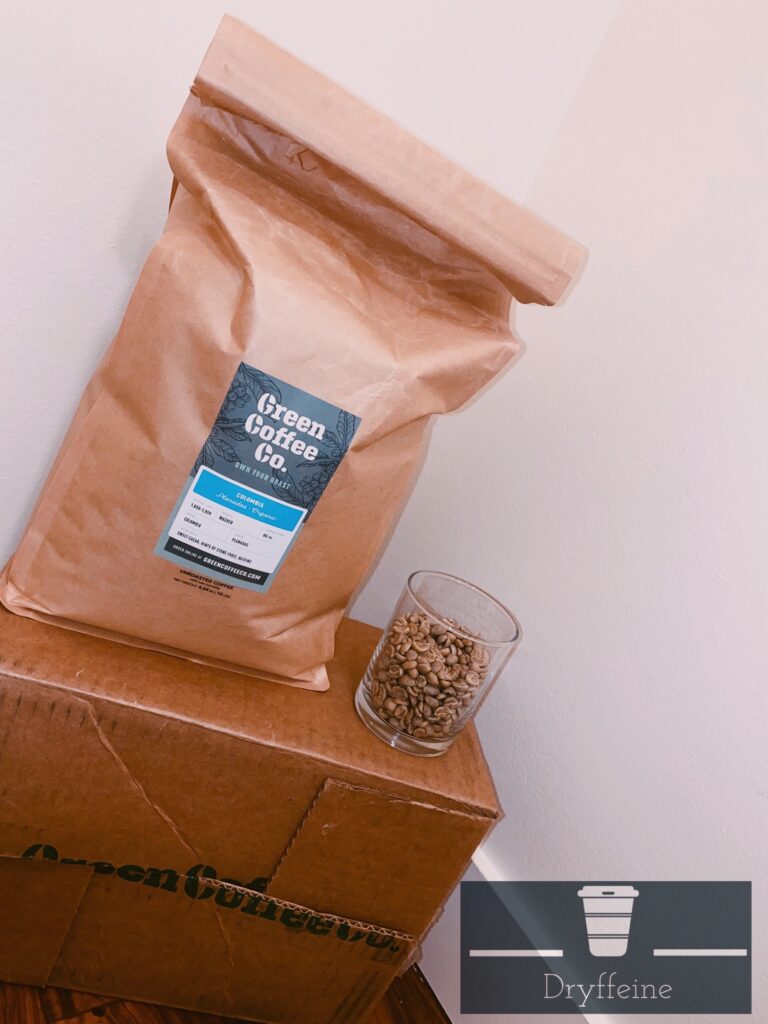
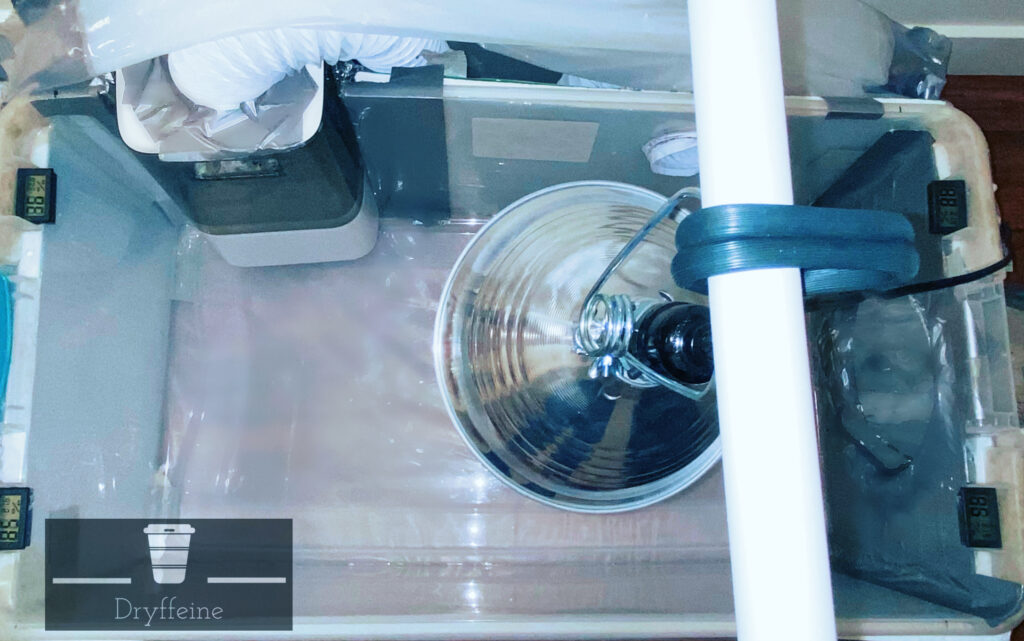
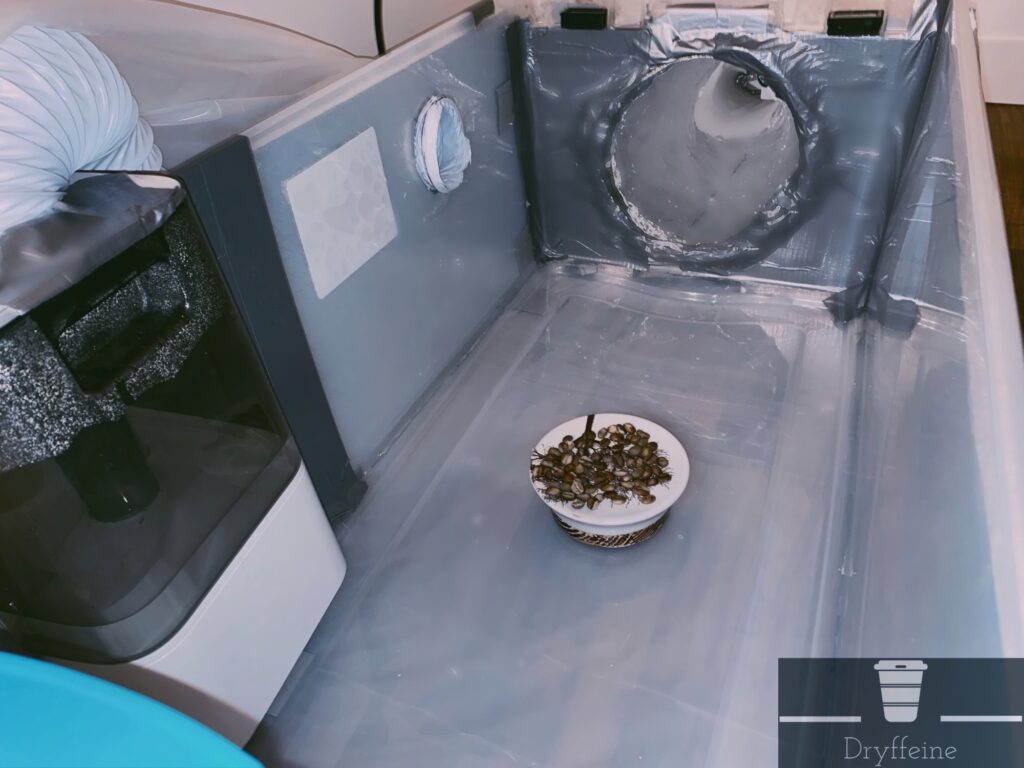
References
- World Weather Online. n.d. Saladoblanco Climate Weather Averages. World Weather Online. https://www.worldweatheronline.com/saladoblanco-weather-averages/huila/co.aspx
- Correa, Paulo, Osvaldo Resende, and M Deise Ribeiro. 2006. “Drying Characteristics and Kinetics of Coffee Berry.” Revista Brasileira de Produtos Agroindustriais 8
- Doran, Pauline M. 2013. “11.13 Drying.” In Bioprocess Engineering Principles, 563-572. Oxford: Elsevier.
- Hii, Ching Lik, and Meira Flavio Borem. 2020. “6.3 Theory of Coffee Drying.” In Drying and Roasting of Cocoa and Coffee, 152-153. Florida: CRC Press.

